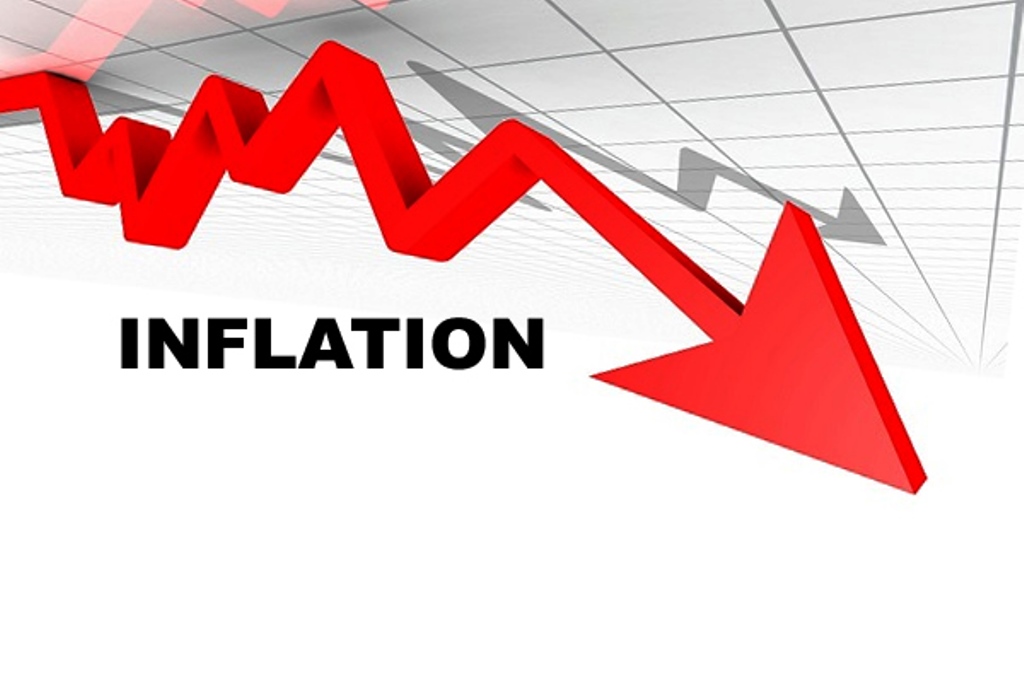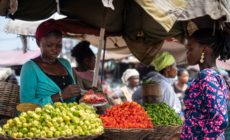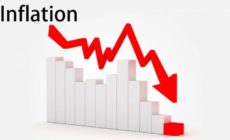Inflation falls marginally to 11.2% in June
- Posted on
- Comment

The year-on-year inflation rate was 11.2 per cent in June 2020, which is 0.1 percentage points lower than the May record of 11.3 per cent.
The monthly change rate for June 2020 was, however, 1.0 per cent.
“Even though year-on-year inflation is still higher compared to pre-Covid-19 inflation, month-on-month inflation and month-on-month Food inflation are lower than the previous two months,” Professor Samuel Kobina Annim, the Government statistician announced at a media briefing on Wednesday.
This, he said, indicated that “prices did continue to rise, but not as much as the previous two months”.
Inflation is the increase in the price level of consumer goods and services over a certain time period, resulting in a fall in the purchasing value of money.
The Food and Non-alcoholic beverages inflation rate recorded a year-on-year inflation rate of 13.8 per cent for June – 1.3 per cent lower than 15.1% recorded for May 2020.
Three subgroups recorded inflation rates higher than the group’s average rate of 13.8 per cent.
They are Vegetables 28.8 per cent, Fruits and Nuts 17.4 per cent and Fish and other Seafood 14.3 per cent.
“This translates to Food being the predominant driver of year-on-year inflation,” he said.
Non-food inflation came in at 9.2 per cent, which is higher than the 8.4 per cent measured in May 2020.
The Division with the highest month-on-month inflation was Housing, Water, Electricity and Gas.
The inflation rate for imported items stood at 4.7 per cent while that of locally produced items was 13.9 per cent, a difference of 9.2 per cent.
At the regional level, the overall year-on-year inflation ranged from 4.3 per cent in the Upper West Region and Volta Region to 15 percent in Greater Accra.
In all, but the Greater Accra, Northern Region, and Upper East regions, Food inflation was higher than Non-Food Inflation. Especially in Western Region 21.3 per cent Food inflation compared to 7.4 per cent Non-Food inflation and Ashanti 20.6 per cent Food inflation and 5.4 per cent Non-Food inflation.
-Graphic










 (Selorm) |
(Selorm) |  (Nana Kwesi)
(Nana Kwesi)